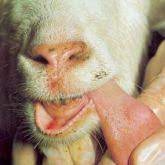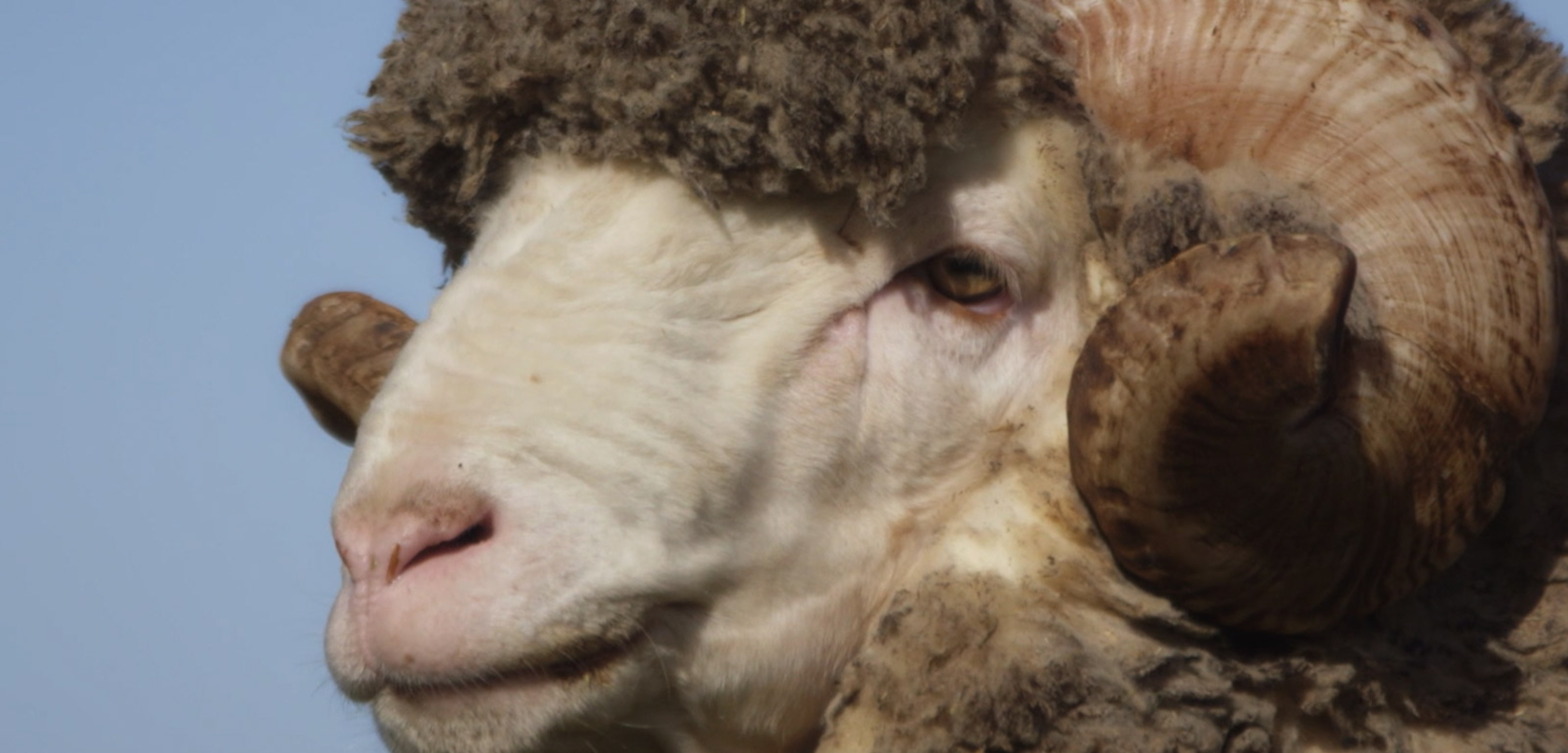Foot and Mouth Disease
How to protect our Stud, Farm and Clients from Foot and Mouth Disease through Monitoring, Traceability, Cleaning up and Leaving Clean
 Merino SA members recently met with Biosecurity Extension Officer Pene Keynes from Livestock SA to discuss "How to protect our Stud, Farm and Clients from Foot and Mouth Disease through Monitoring, Traceability, Cleaning up and Leaving Clean".
Merino SA members recently met with Biosecurity Extension Officer Pene Keynes from Livestock SA to discuss "How to protect our Stud, Farm and Clients from Foot and Mouth Disease through Monitoring, Traceability, Cleaning up and Leaving Clean".
 Pene informed us that even though the outbreaks of FMD and Lumpy Skin Disease in Indonesia are relatively new, that the State and Federal Governments’ have had plans in place for years in case this occurred. Pene informed us that as soon as these diseases were detected that these responses have been put in place and that the Federal Government has increased investment in protections for Australia through;
Pene informed us that even though the outbreaks of FMD and Lumpy Skin Disease in Indonesia are relatively new, that the State and Federal Governments’ have had plans in place for years in case this occurred. Pene informed us that as soon as these diseases were detected that these responses have been put in place and that the Federal Government has increased investment in protections for Australia through;
- Strong Federal Government support on the ground in Indonesia to assist with their vaccination programme,
- Clear messages to Australian travellers while they are in Bali and Indonesia, before they return to Australia, to advise them of the disease and its consequences, and to dispose of footwear or other contaminated items, and
- Increased checks at borders for returning travellers.
Pene stated that in South Australia there are strategies and established plans should we need to deal with any outbreaks, and that the detection of FMD fragments in airports means that surveillance and other measure are working and that this a positive thing. There is a chain of command and roll-out outlined in the Animal Health Australia website.
Pene stated that one of the best ways that we can protect ourselves, our studs, farms and clients is to focus and control our own farms and police our own borders through education, and through monitoring what comes in and what goes out of our own property, and encouraged us to consider the following points:
- That our on-farm biosecurity is our number one priority as this is what we can control.
- Risk assessment - what are the gaps in your biosecurity and what does this risk come from? It will be different from business to business, and one size does not fit all. For example, flocks that are ‘closed flocks’ have a different risk profile to others that are trading flocks. If you are working on-farm without contractors that is going to be a different level of risk to if contractors come in from elsewhere, as they can be bringing in seeds, weeds and diseases.
- Think about how you manage people coming in and going out with registers, foot baths and conversations.
- Do a biosecurity plan – this enables you to see any gaps and then work out how to rectify any risks and gaps. Animal health Australia has one that is 72 pages long or LPA have a 2-page plan. Make sure your biosecurity plan is relevant to you and how your business is today, and remember that as your business changes your biosecurity plan will also need to change.
- Action your biosecurity plan – what are the standard practices you put in place when new stock comes on to your property, how do you manage your own boundaries and own surveillance – ensure you are vigilant with this and identify any issues as quickly as possible to prevent outbreaks. Responding quickly and containment quickly is key.
- Know what to look for – what are the signs of FMD or if in doubt and you notice something strange in your livestock call the Hotline on 1800 675 888.
- Train your staff and constantly review your biosecurity plan.
- Livestock SA website has biosecurity tips and tricks and how-to do your own plan. (See links below.)
- When you have a lot of people coming onto your property for a Ram Sale perhaps consider measures such as hygiene, writing to clients to tell people to come clean, not to come straight from their own sheep yards, and especially not in clothing or footwear from Bali or Indonesia. Consider starting and keeping a visitor register so you know who has been on your property, and at the top of this register you can make notes about the requirement of being clean as well as other animal husbandry best practices.
- Site planning – consider thinking about having your property and Ram Sale site in zones so you can work out where people do and do not work or walk, where livestock are, and for zones where you want to make sure any visitors have clean boots foot baths so they come in and leave clean.
- Think about parking when they visit your farm or attend Ram Sales, where are your clients parking and potentially bringing in weeds and seeds. What are you going to be promoting to clients when they take your ram home? Consider providing information about whether it should be quarantined in a ‘sacrificial paddock’ before going into flocks and the rest of their property for at least 21 days so that any quarantine treatments can take effect, they can monitor the health of the animals, and any diseases are identified before being introduced, and that seeds or worms are left in that sacrificial paddock. Quarantine- drenching and vaccines are very important.
- Quarantine- drenching and vaccines are very important.
- Be confident to promote your good biosecurity practices within your borders of your property and if you have friends or neighbours who have been to Bali or Indonesia contact them and ask them not to wear footwear or clothing that they wore overseas.
Remember when we protect for one disease: we are actually protecting for many.
What are footbaths?
Footbaths are made up of brush mat in a shallow plastic tub that also contains a bleach solution or hypacaine disinfectant, an easy step to take with products that you would already have on-property.
https://www.farmbiosecurity.com.au/biosecurity-basics-make-your-own-footbath/
Why don’t we just vaccinate all stock in Australia?
There is a live vaccine for FMD, but if we vaccinate all our Australian stock now, we will lose our FMD free status. We will use this as a last-resort if FMD arrives in Australia to manage the spread of the disease in our response. Livestock SA are doing a weekly update via email. You can sign up online.
https://livestocksa.org.au/membership
There is more info under the EAD subtab as per these links:
https://pir.sa.gov.au/biosecurity/animal_health/sheep
Livestock SA has had a biosecurity plan and enormous number of resources online for the past two years as per this link:
https://livestocksa.org.au/emergency-animal-disease
or
https://pir.sa.gov.au/biosecurity/animal_health/cattle/foot_and_mouth_disease
Other Helpful Links
https://www.agriculture.gov.au/biosecurity-trade/pests-diseases-weeds/animal/fmd
Copyright © 2022 Merino SA. All rights reserved | Design by The Webineering Workshop
